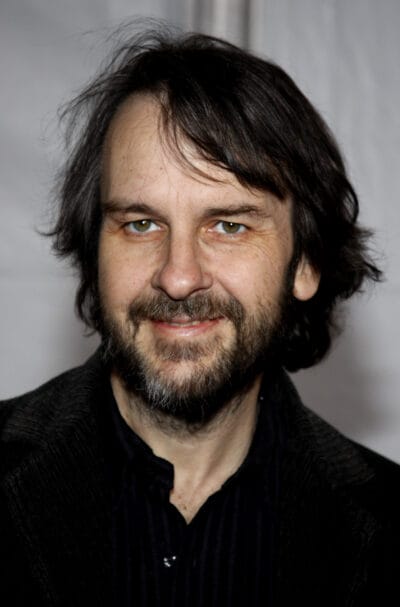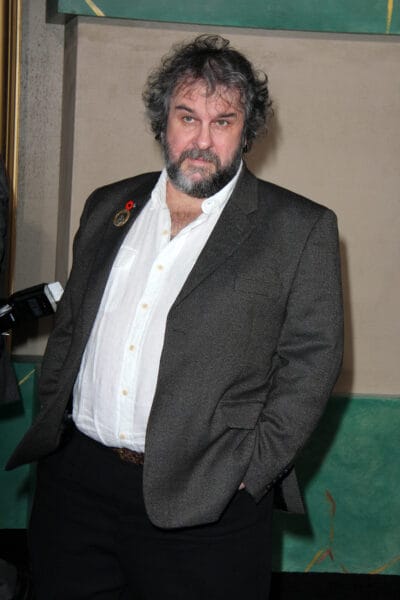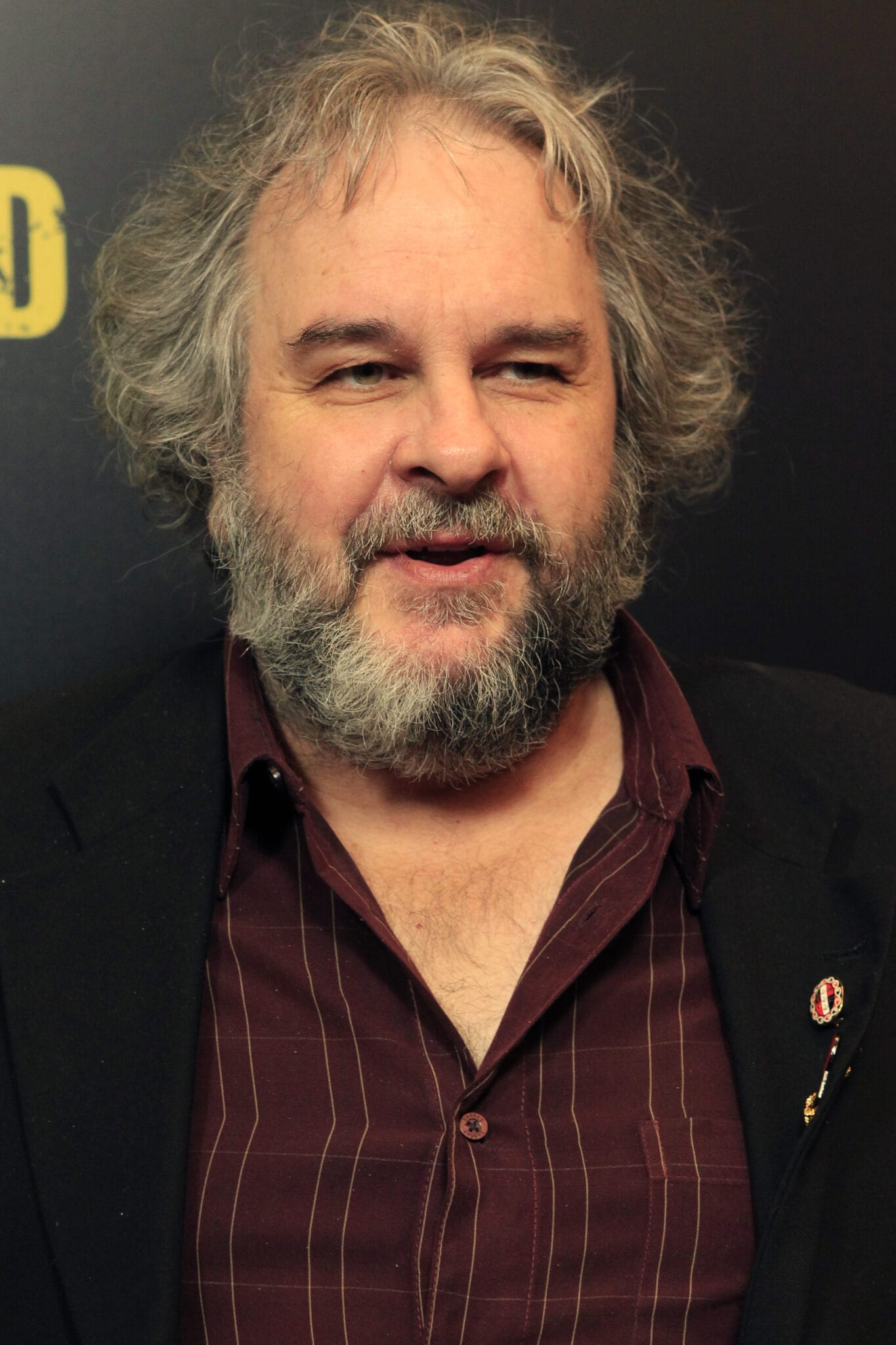Peter Jackson is a name that many people recognize, and for good reason.
He has experienced tremendous success in his career, from creating short films to directing Hollywood blockbusters like the Lord of the Rings Trilogy and The Hobbit. But what many don’t know is that he’s an independent filmmaker who has been making movies since the 1980s.
In this article we’ll look at Peter Jackson’s epic career. We’ll explore his early career, discuss his film-making style, and discover how his involvement in projects such as The Lord of the Rings has shaped the Hollywood film industry today.
We will also look at some of the lessons aspiring filmmakers can learn from Peter Jackson’s journey. So let’s dive into this exciting story and find out how an independent Kiwi filmmaker made it big in Hollywood!
Early Life and Short Films: Peter Jackson’s Humble Beginnings

It’s sometimes hard to remember, considering what Peter Jackson has achieved, that his career actually started in a very humble way. Born in Wellington, New Zealand in 1961, Jackson had no formal filmmaking training yet was determined to create his own movies from the age of 8 years old. He began making Super 8 films with a friend, paying for the supplies with money earned from selling fruit and vegetables from his parents’ garden.
He later teamed up with Steve Oleson, creating a series of satirical short movies that were made possible with money raised from earning points for a local supermarket loyalty scheme. With titles such as “Bad Taste” (1987) and “Meet The Feebles” (1989), these short films demonstrated Jackson’s talent for pushing the boundaries of good taste and showing his audiences something brand new and unexpected on screen.
This early career laid the foundations for his later success and recognition as one of Hollywood’s finest directors. With each film he made, Jackson was slowly building what would become an international reputation as an adventurous storyteller who embraced fantasy and horror genres.
Breaking Into the Mainstream: Meet the Feebles and Dead Alive
Peter Jackson made a splash in the industry with his 1989 cult classic “Meet the Feebles,” a subversive, dark comedy about an ensemble of animals performing in a variety show. The film gained a dedicated cult following and established Jackson’s name as a distinctive filmmaker. He followed it up with 1992’s “Dead Alive,” a gore-filled zombie horror-comedy that earned him international recognition as one of the sharpest young filmmakers on the scene.
Through these two films, Peter Jackson established himself as an imaginative and creative force to be reckoned with. His ability to craft unique and jaw-dropping stories impressed Hollywood and provided him with his first big break: Universal Studios offered him an $11 million budget to direct “Heavenly Creatures,” based on the real-life Parker–Hulme murder case of 1954.
It would be his greatest achievement yet—one that would lead to even bigger projects, such as The Lord of the Rings trilogy.
The Lord of the Rings Trilogy: Achieving the Impossible

When Peter Jackson was challenged to produce the movie adaptation of J.R.R. Tolkien’s The Lord of the Rings trilogy, many thought it was an impossible task. After all, the books had defied successful translation once before, with an earlier animated movie version failing to find its audience.
Yet Jackson accepted the challenge and set out to create a trilogy that would go on to become one of the most acclaimed fantasy series ever made. How did he do it?
Immersive Environment
Jackson created a world that felt real and alive. To do this, he drew inspiration from iconic locations in his native New Zealand, such as Queenstown and Matamata, and used the natural beauty of these places to bring Tolkien’s stories to life on the big screen.
Attention to Detail
Jackson worked hard to ensure that every detail was as true-to-form as possible. He went so far as to commission linguists from Oxford University to create a new language for the creatures inhabiting Middle-earth!
Ability to Adapt
Achieving such a feat took more than just attention to detail – Jackson also needed an adaptable approach. When cuts were required due to costs or time limitations, he was able to reshape scenes without losing their core meaning or any of their impact on viewers.
By doing so, he successfully achieved something few could: creating a living, breathing Middle-earth that still resonates with fans today – a full 20 years later!
The Hobbit: Returning to Middle-Earth
When Peter Jackson was offered the chance to make the prequel to his Lord of the Rings trilogy, The Hobbit, he jumped at the chance. After all, it was a chance to return to Middle-Earth, a fantasy world he had already invested more than 10 years exploring.
The Hobbit trilogy was an immense undertaking; a massive production that would take more than three years from start to finish. The set pieces were larger than ever before and so too were the special effects; with Jackson creating state of the art CGI for some of the scenes.
The making of The Hobbit also saw Jackson try something new – shooting in high frame rate (HFR). This allowed for greater detail and clarity in slower scenes, ultimately giving viewers an even better appreciation for Middle-Earth’s landscapes and characters.
The Hobbit received numerous awards and nominations, cementing Peter Jackson’s status as one of Hollywood’s most influential directors.
Exploring Other Genres: The Lovely Bones and Mortal Engines
As Peter Jackson’s star kept rising in the industry, he continued to explore other genres and make his mark in different areas of filmmaking. In 2009, Jackson brought the best-selling novel The Lovely Bones to life on the big screen. It was a departure from his usual action-packed spectaculars—a story of a young girl tragically taken too soon, told through an imaginative narrative.
In 2018, Jackson brought another novel to life, author Philip Reeve’s post-apocalyptic fantasy Mortal Engines. This grand scale steampunk adventure follows a group of unlikely heroes battling rival cities that roam the wastelands on giant locomotives. It boasted stunning special effects and classic Jackson humor.
These two forays into different genres showed just how versatile Peter Jackson is as both a filmmaker and storyteller. He has proven himself capable of tackling huge blockbuster titles as well as smaller projects with more emotion and depth, proving he is a master at many types of filmmaking.
As Peter Jackson’s success story shows, the only thing standing between a creator and their dreams is their perseverance and hard work. With over a dozen Academy Awards, a BAFTA, and dozens of other awards to his name, it’s clear that talent, passion and dedication can take you far. Today, Peter Jackson has not only broken Hollywood records, but also set a new standard for filmmakers all around the world. His creative process, artistry and relentless determination have made him one of the world’s most successful directors. From short films to Hollywood blockbusters, it’s clear that Peter Jackson’s career is the stuff of legend.
